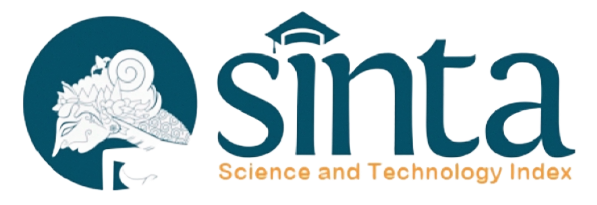Smart Surveillance Systems: Trends, Challenges and Future Directions
DOI:
https://doi.org/10.33022/ijcs.v14i2.4802Abstract
Smart surveillance systems integrate the Internet of Things (IoT), artificial intelligence (AI), machine learning (ML), and extensive data processing (big data) to enhance real-time monitoring, automated decision-making, and data analytics across multiple sectors. In security, they improve threat detection through facial recognition and pattern analysis. In power distribution, they enhance grid stability and detect unauthorized electricity usage using predictive analytics and advanced metering infrastructure (AMI). Agriculture benefits from precision farming, optimizing resource use while monitoring crops and livestock.
Despite their advantages, these systems face challenges such as high implementation costs, communication limitations, data privacy concerns, and digital security risks (cybersecurity). Urban areas benefit from high-speed networks like fifth-generation wireless technology (5G) and fiber optics, yet costs and cyber vulnerabilities remain issues. In rural regions, limited internet access hinders adoption, necessitating alternatives like satellite technology and Long-Range Wide Area Network (LoRaWAN). Overcoming these challenges will drive the development of scalable, intelligent monitoring solutions, ensuring broader accessibility and efficiency in various industries.
Downloads
Published
Issue
Section
License
Copyright (c) 2025 GLEN MOEPI

This work is licensed under a Creative Commons Attribution-ShareAlike 4.0 International License.





